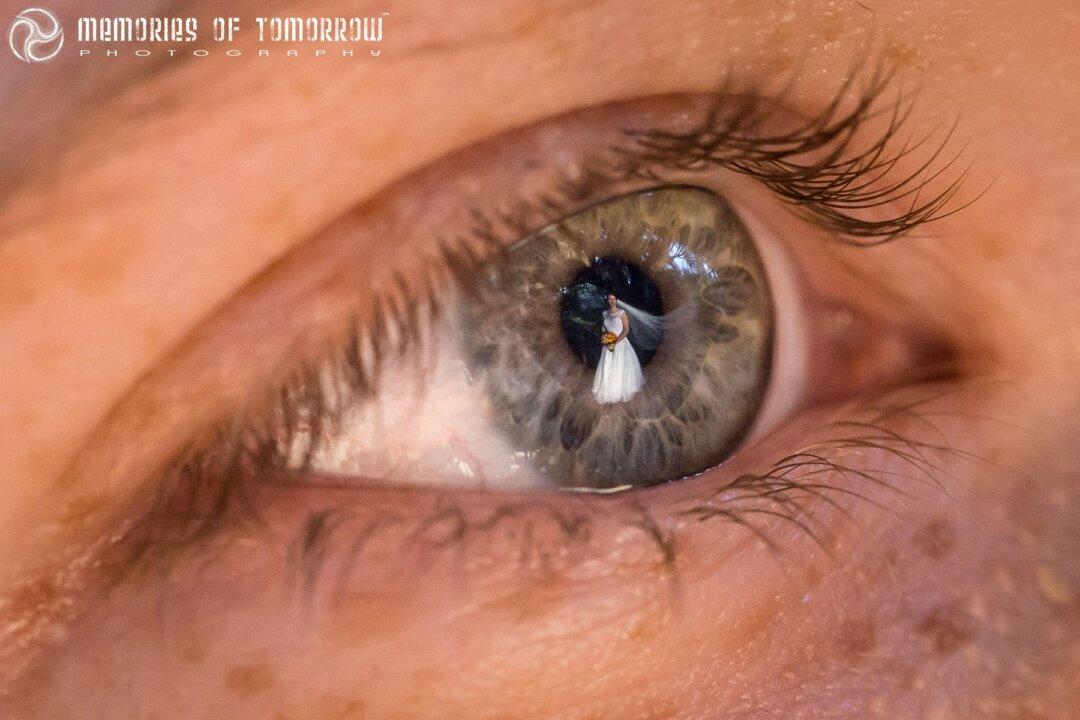Peter Adams-Shawn doesn’t like to call himself an artist. Not even a professional. Still he managed to leave many professionals flabbergasted, even reeling in disbelief.
It started in 2003, when Adams-Shawn met Italian wedding photographer Edoardo Agresti. A passion got kindled right then and there. “After meeting him I decided I wanted to be a photographer and went out and bought a DSLR,” he said during our Facebook interview.
It was exactly the time when Canon released its first semi-professional digital camera, D300, the Digital Rebel. “When the lens came off it I thought I'd broken it. ... That is how little I knew about them,” he said.
Then a textbook story ensued: He went around shooting friends’ weddings for free until he felt he could ask to get paid for it.
But in 2011, by no design of his own, he ventured on a path leading to the heights of acclaim.
While shooting a wedding, he noticed a reflection in the eye of a flower girl. He had his macro lens ready, able to capture close-up details, and he just took the shot.
It came out incredible.






